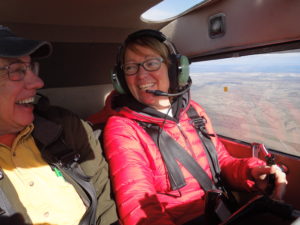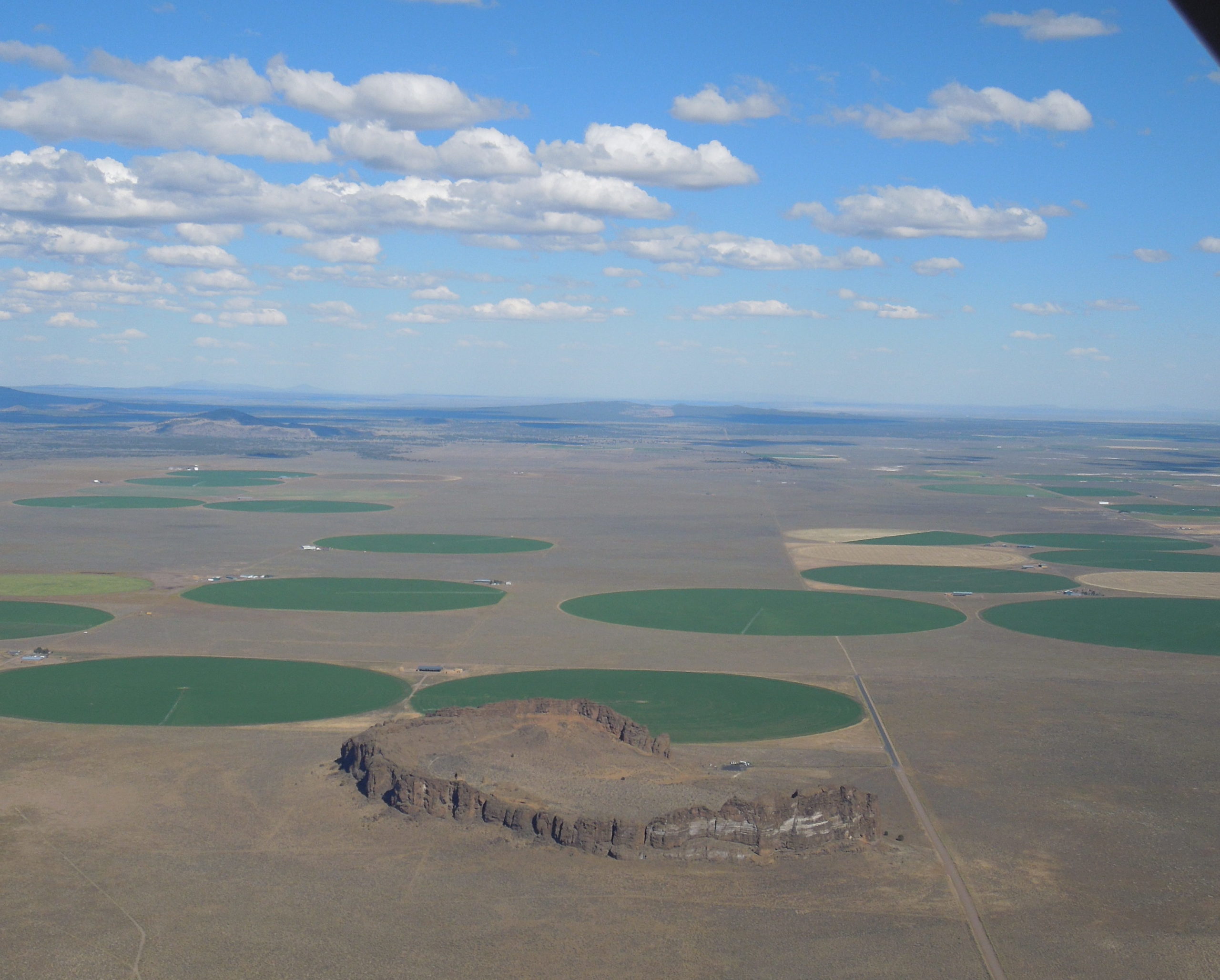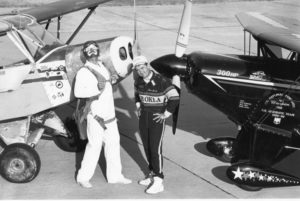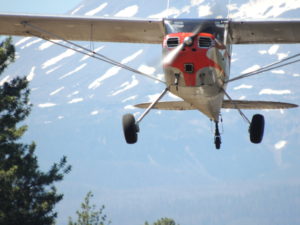Written in March, 2017
A teacher of flying. That’s what a “flight instructor” is. And just how do we best teach? Well, I hate to say it, but I think it may very well have to do with allowing the student to fly the damned airplane in less than ideal conditions. I’m somewhat proud of myself for one flight and maybe not so proud of another. Maybe those who teach flying can profit from my own performance in each of these two flights. Here’s the one I’m proud of:
I was combining a formation lesson with one of my most talented students and a cross country flight with another, equally talented student. We were doing fine, the one student was formation flying in a 182, flying formation with the 172 in which I was teaching the other one. It was decided that we would descend into the area around a formation called “Fort Rock”, then climb back up and head for Christmas Valley, some 24 miles away. The 182, with Julie at the controls, broke off and we all began to climb up from Fort Rock. That’s when the problems developed. The 172 stuck a valve. It’s O 300 wouldn’t develop full power… one cylinder was simply going for a ride because it’s exhaust valve wouldn’t close.
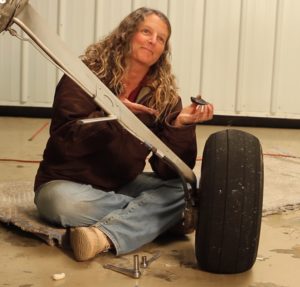
Teachers of flying often fail an engine on a student. Unfortunately, we usually go for the easy way… we close the throttle. In actuality, that’s the way that engines normally don’t fail. It’s far more likely that they will stick a valve, foul a plug or have some other problem that simply makes it impossible to get full power. In this case, I think we could get about 1,800 RPM out of it. The very first thing the pilot needs to do is to figure out if level flight can be maintained and at what speed. We could do that. Our airspeed dropped precipitously, but we could maintain altitude. At that point we had to think of some “what ifs”. What if the engine should decide to pack it in and quit entirely? In that case our plan would go to hell in a handbasket. And what was our plan? Well, this is where I decided to make this a learning moment. I’d already messed with throttle, mixture and mags. I’d pretty much done all I could do. I turned the operation of the plane over to Adam and gave him his options. We could conduct a precautionary landing. There were lots of irrigation pivots between our current position and Christmas Valley, where a nice, long, paved runway awaited us.
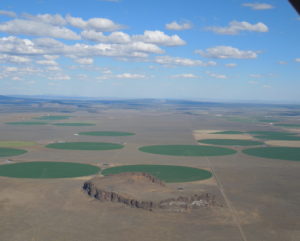
Considering that layout, we could also press on and see if we could make it to Christmas Valley. We asked Julie to navigate for us, which simplified our task a bit. We limped toward Christmas Valley, an irrigation pivot always within gliding distance. This is where the agonizing decision must be made. Are you going to wear your pilot hat or your teacher hat? The decision is easy if you decide to wear your pilot hat. You simply take the airplane and fly the rest of the way, in this case to Christmas Valley. But if you do that, the student’s learning will not be complete. Oh, sure, he’ll learn from the experience by watching you. But he won’t gain the more complete experience by dealing with the difficulty himself. I decided to wear my teacher hat. Adam did fine. I probably reminded him that one
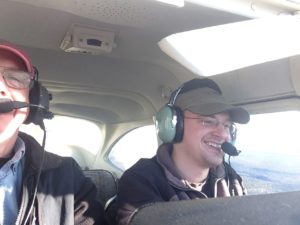
approach was all he was going to get… there would be no go-arounds with that decreased power available. I’m not even sure that I needed to provide that caution. He knew that. He did a lovely job and we tied down at Christmas Valley, hopped in the 182 with Julie and went home. I’d return the following day with Erik Cook and he and I would perform the “rope trick” and a poor man’s valve job in order to fly the 172 to his shop where proper repairs could be made.
But just the other day I was coming back from a trip up to Hood River for a seminar on ATC and ops at Portland. I was with a rated CFI who has been out of flying for a long time. One of my goals was to slowly bring her back to currency. We were having a great time until we decided to leave with horrible weather brewing (“get home-it is” may have had some involvement in decision making. That and the expense of a motel as well as the fact that I had a student scheduled in Sisters the next morning). I conducted the takeoff in the little Cessna 140 and decided on a heading, which would kind of split the difference between a course for home and one which would provide the best conditions in which to fly. Clouds were everywhere and turbulence was forecast. It was a pretty good forecast. I think I could have traded hats a lot sooner. I elected to pick my way through the clouds and turbulence when I think I’d have been a lot better off wearing my teacher’s hat and letting her do it herself. I think I chose the easy way and I believe that was a mistake. The flight went well, the weather remained roughly VFR and we got back to Sisters with a typical yahoo landing in a burbling crosswind. But I have to admit that I’m not real proud of my performance. I think that the conditions were perfect for much more involvement of that highly-rated, but rusty. CFI next to me. Maybe it’s because I’m more comfortable with mechanical issues than those related to marginal weather. Whatever the reason, I think I should have turned over the airplane to Sheryl much sooner.
